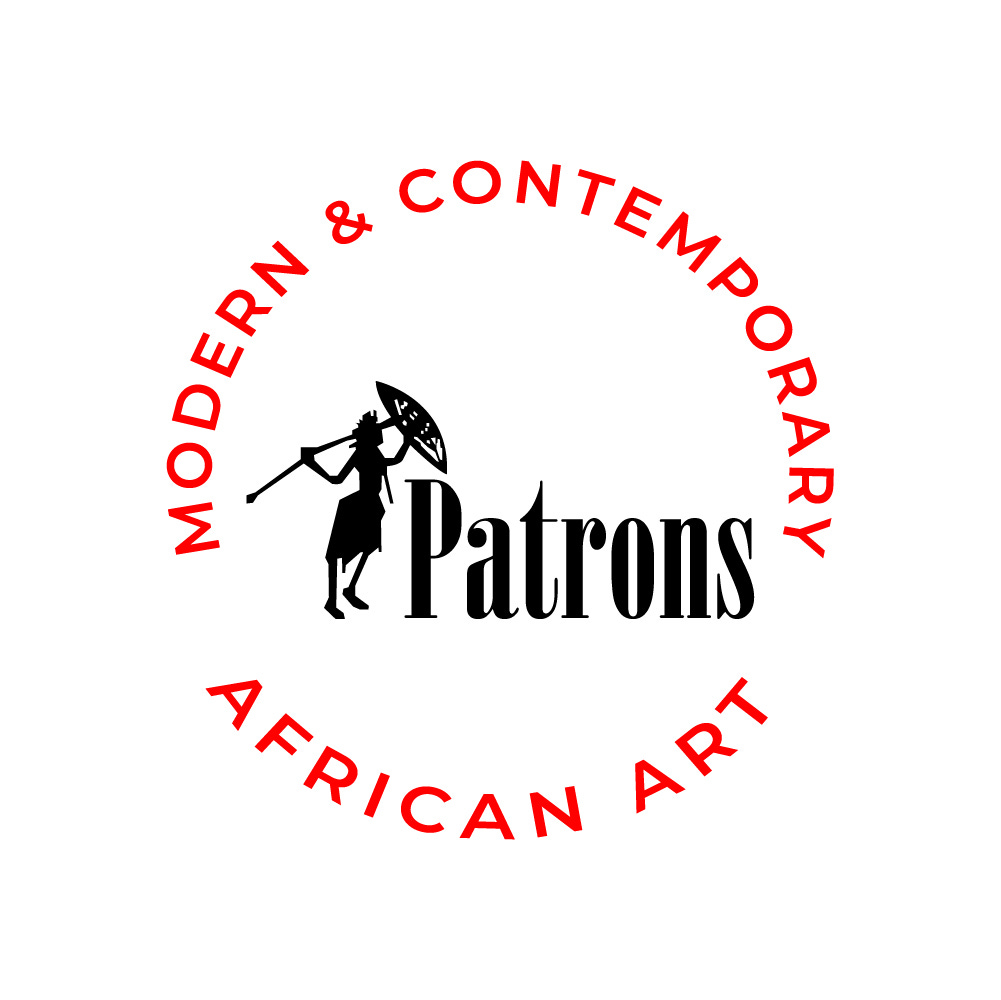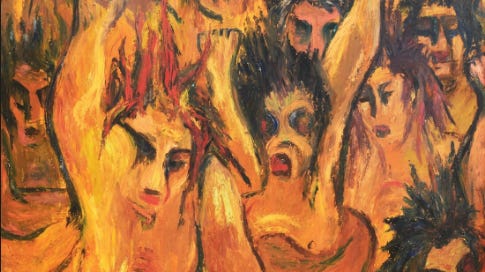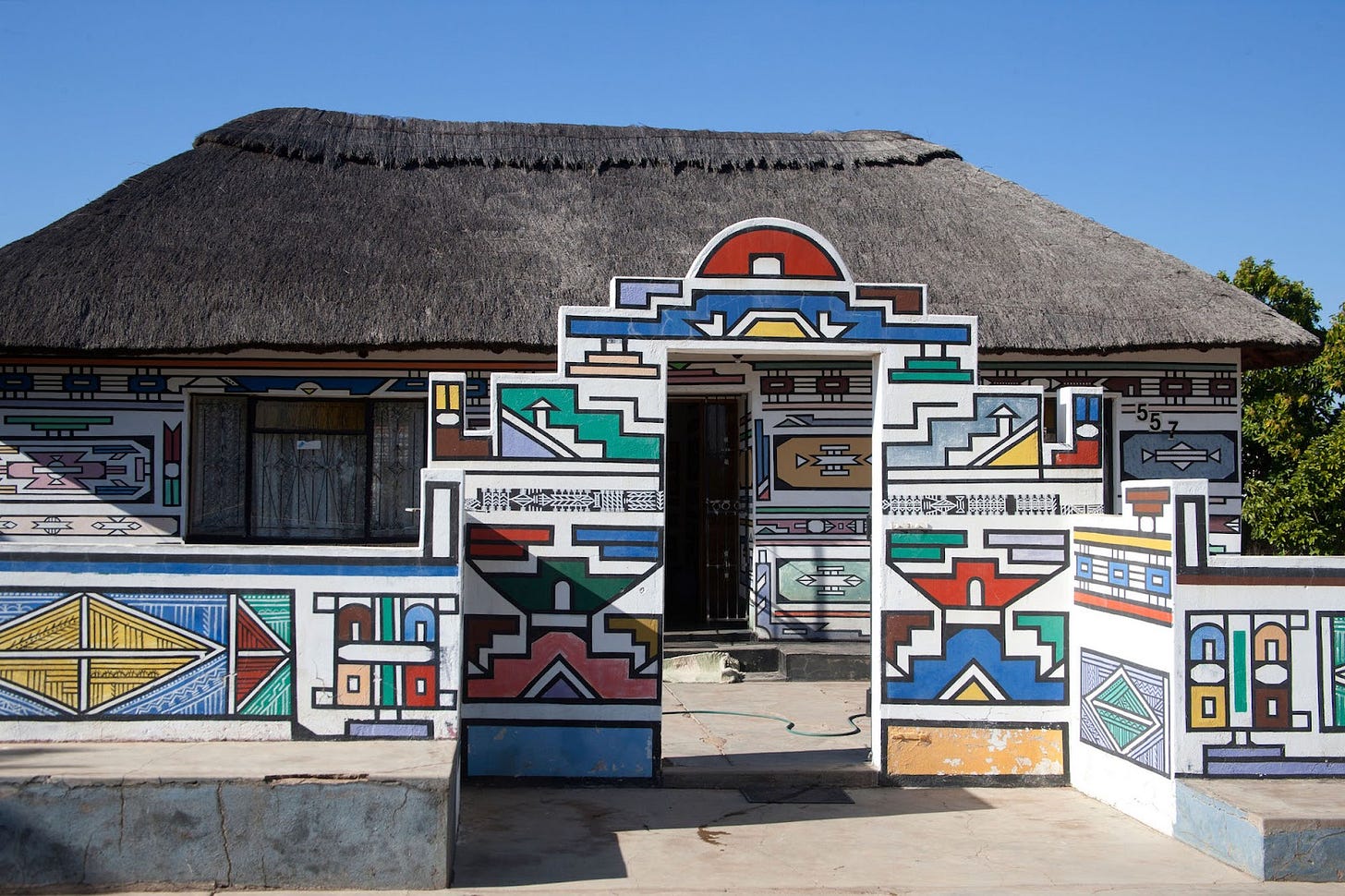From Abstract to Realism: The Many Faces of African Painting

African painting captures the continent’s creativity, culture, and history. It reflects its diversity—from languages and traditions to social narratives. For centuries, African artists have used painting for storytelling and self-expression. Today, the global art world recognises the evolution of African painting, spanning traditional motifs to contemporary styles. These works challenge stereotypes and resonate far beyond Africa’s borders.
Historically, African societies relied on oral traditions, using visual art to document events and beliefs. Painting became a vital medium for expression and preservation. Now, African artists blend tradition with modernity, creating works that spark conversations about identity, history, and the future.
In this digest, we will explore African painting’s journey, from traditional forms to contemporary realism.
1. Traditional African Painting: A Cultural Bedrock
Traditional African painting is intertwined with daily life and rituals. Ancient rock art in the Sahara and South Africa depicts hunting scenes and ceremonies, showcasing early storytelling. Painting extended to textiles, pottery, and body art. For instance, the Ndebele people of Southern Africa are famous for their vibrant, geometric house murals, which carry cultural meanings.
Earth tones from natural pigments, like ochre, symbolised a connection to the land. Patterns and symbols reflected local myths and beliefs. Though traditional techniques appear simple, their cultural depth is profound.
2. The Abstract Era: Breaking Boundaries
The mid-20th century saw African artists embrace abstraction during the post-colonial era. This style became a medium for exploring identity and resistance.
Nigerian artist Uche Okeke, a pioneer of African abstraction, blended traditional Igbo aesthetics with modernist ideas. South African artist Ernest Mancoba used bold lines and vibrant colours to evoke emotion and challenge viewers. Abstract African art rejected Western norms, creating a distinct visual language.
3. Realism: Capturing Life’s Intricacies
Realism brought African life into sharp focus. Hyperrealism, in particular, captures subjects with photographic detail.
Nigerian artist Arinze Stanley uses pencil and charcoal to create portraits exploring resilience, identity, and justice. Realism also documents history, critiques societal issues, and celebrates ordinary moments.

The Contemporary Landscape: A Fusion of Styles
Modern African painting blends abstraction, realism, and traditional techniques. This fusion reflects the complexities of contemporary African identities.
Ethiopian artist Julie Mehretu creates large abstract works exploring themes of migration and resilience. Congolese artist Eddy Kamuanga Ilunga juxtaposes modern subjects with patterns inspired by traditional textiles, challenging perceptions of African identity.
From ancient cave paintings to contemporary works, African painting reflects the continent’s creativity and resilience. These works, whether abstract or realist, tell stories of African life—its struggles, joys, and dreams.
As African artists continue to innovate, their work inspires future generations and deepens global appreciation of art’s universal power. African painting reminds us of the enduring strength of storytelling through visual expression.






